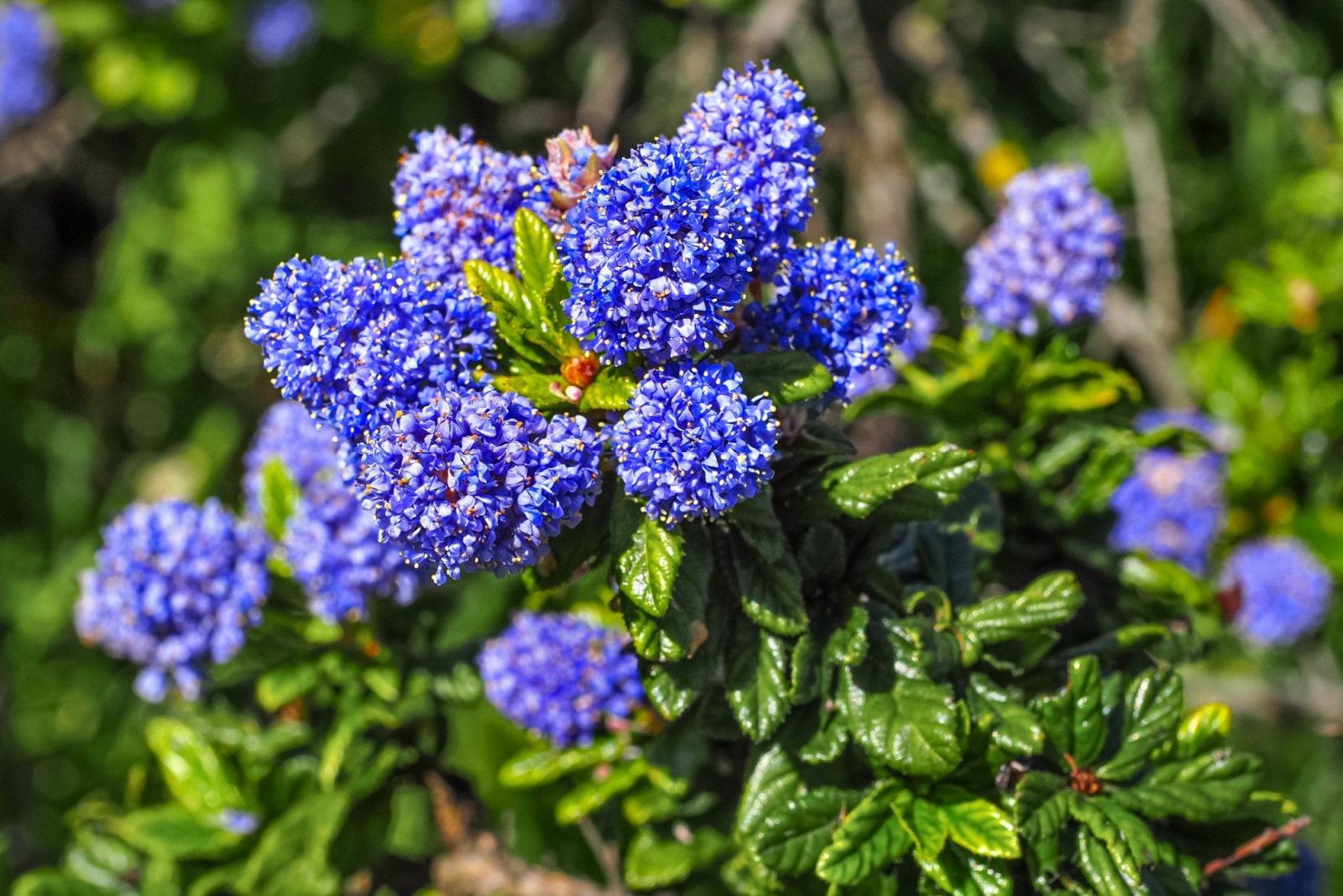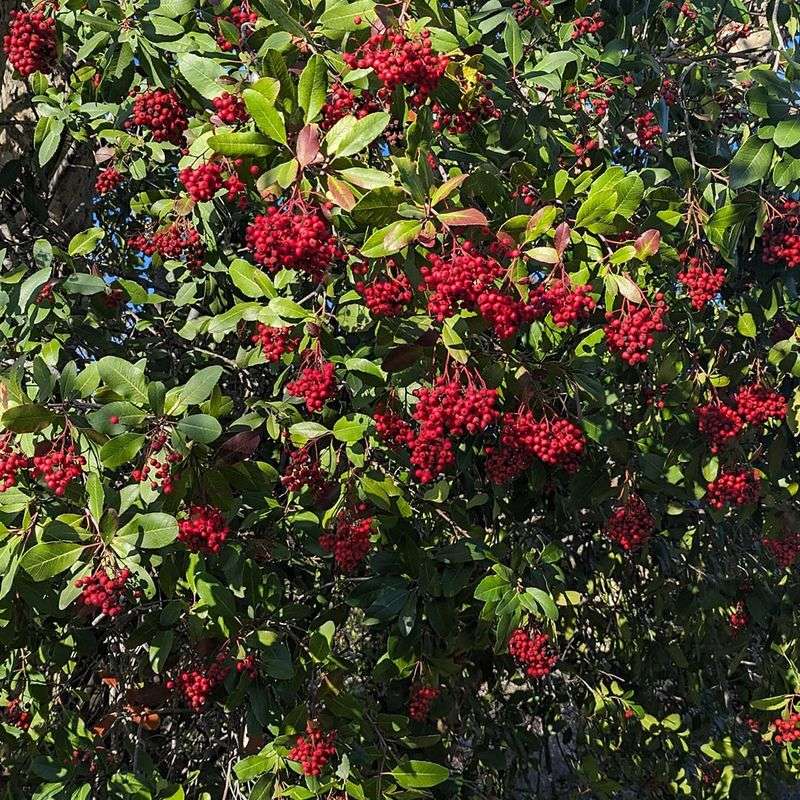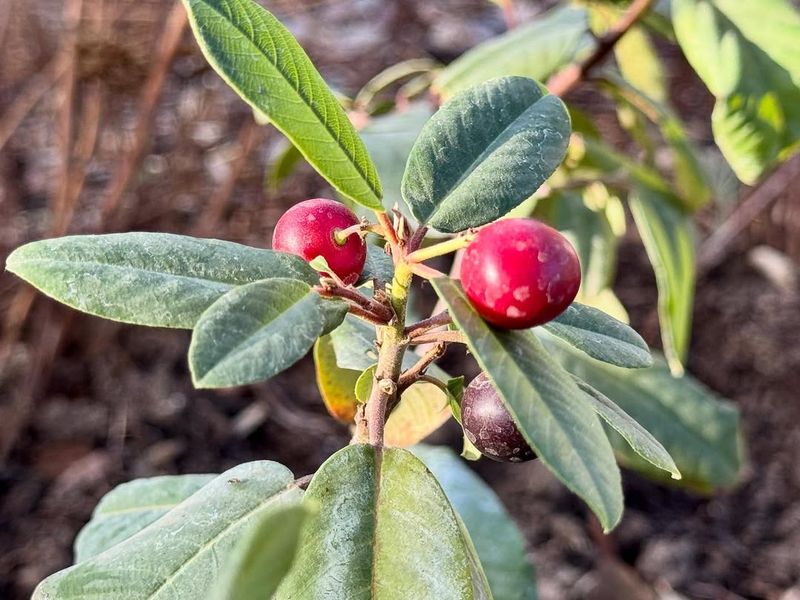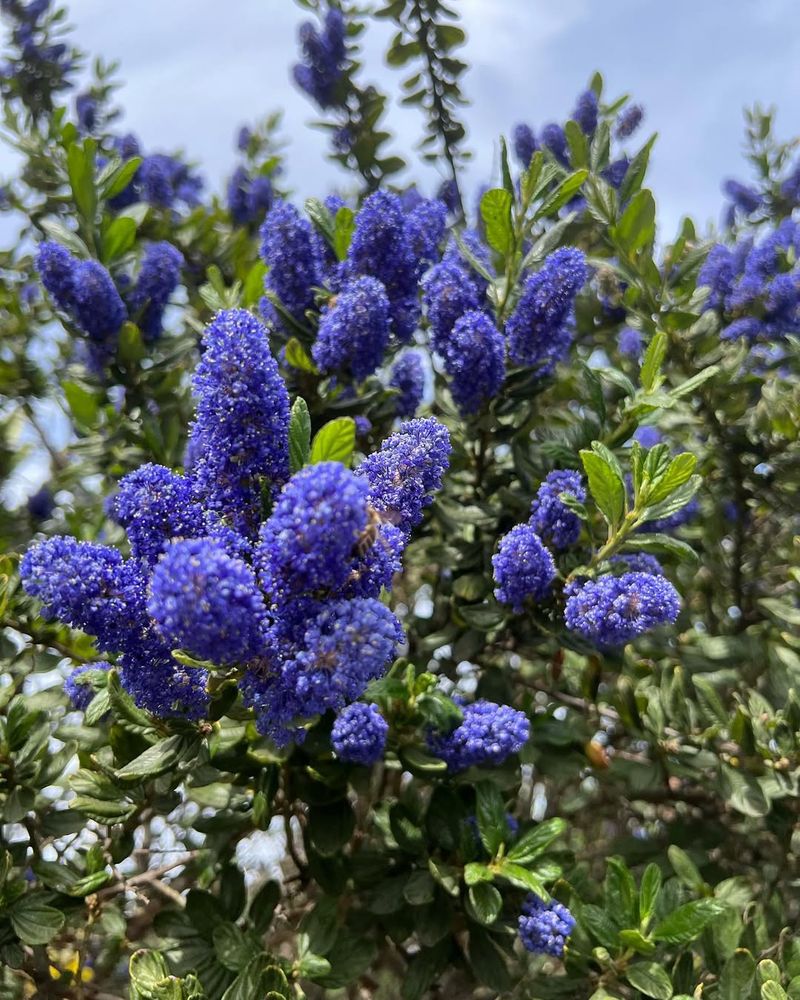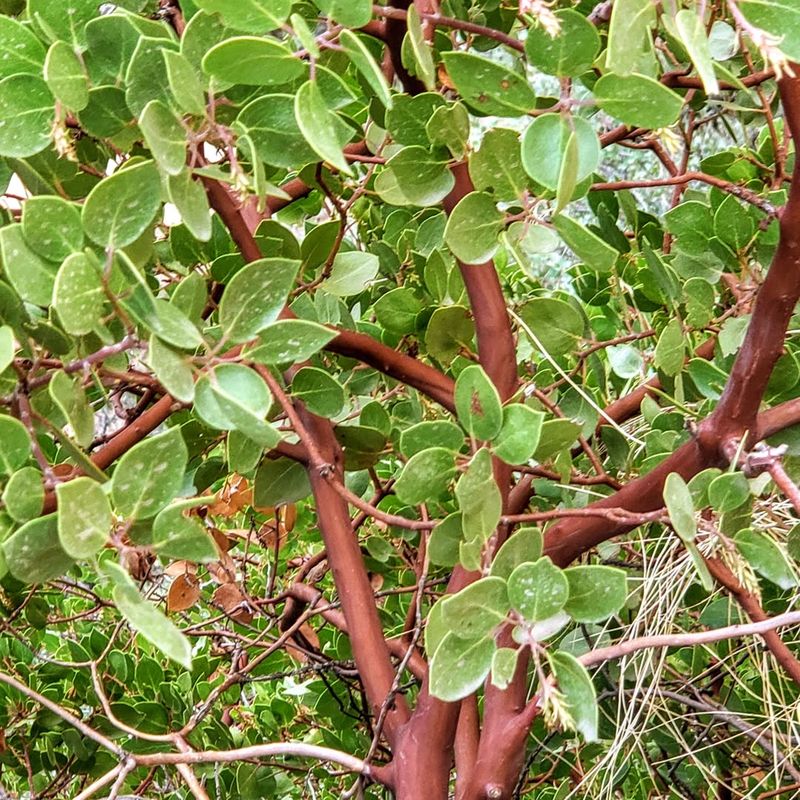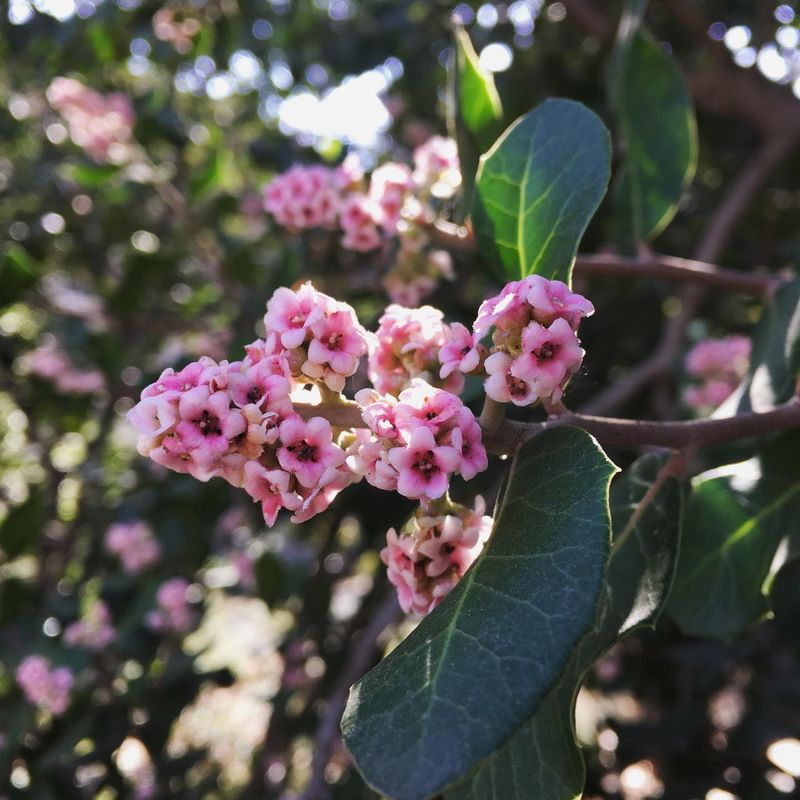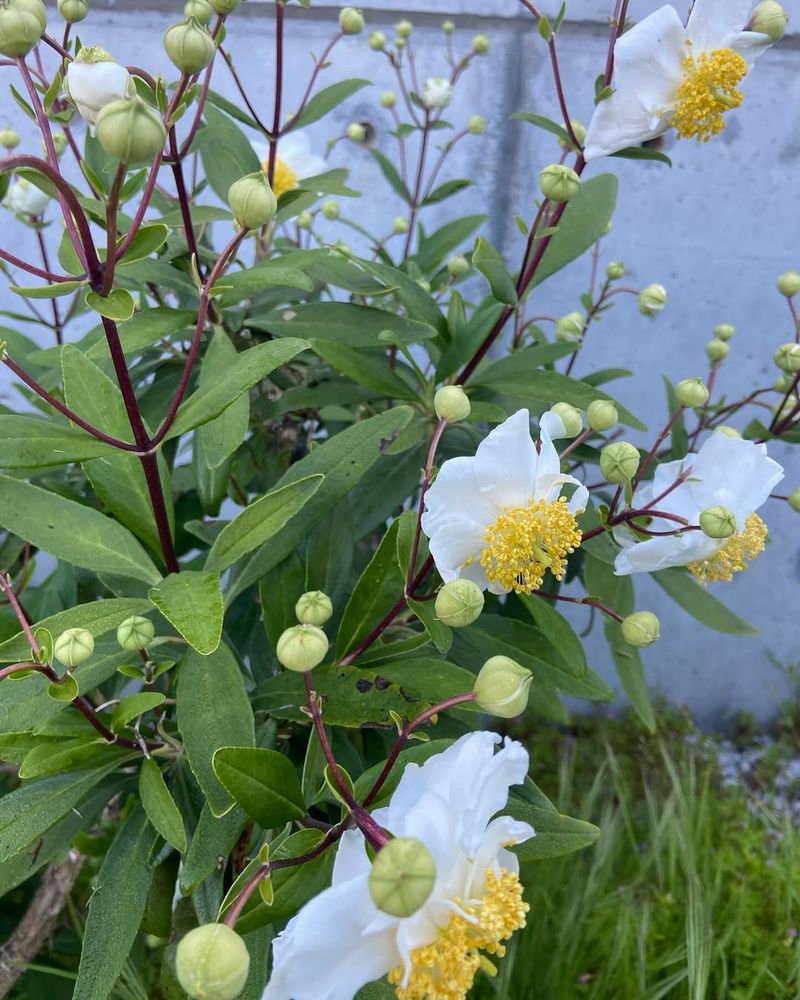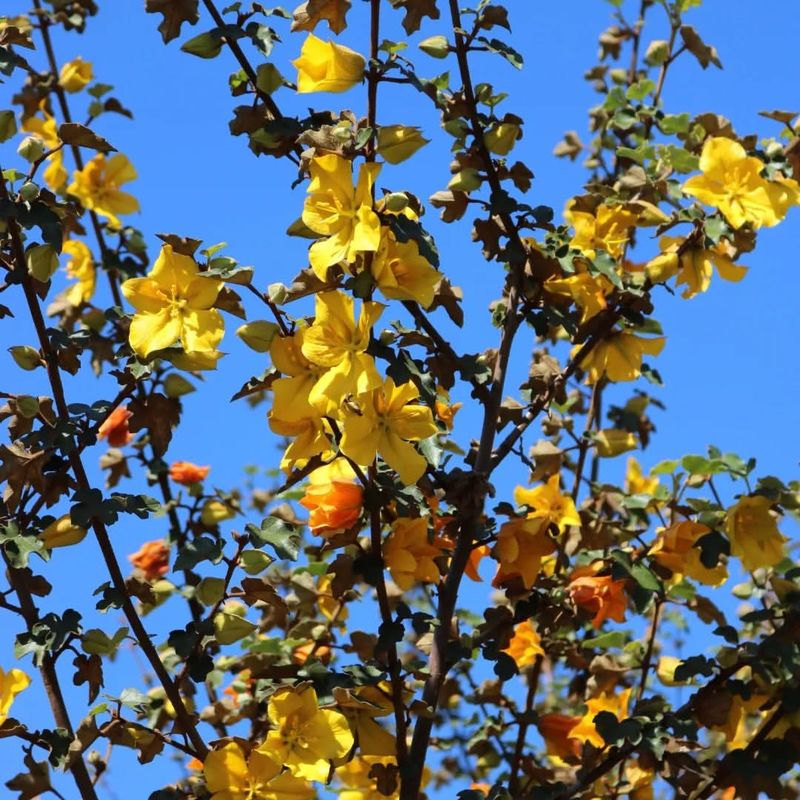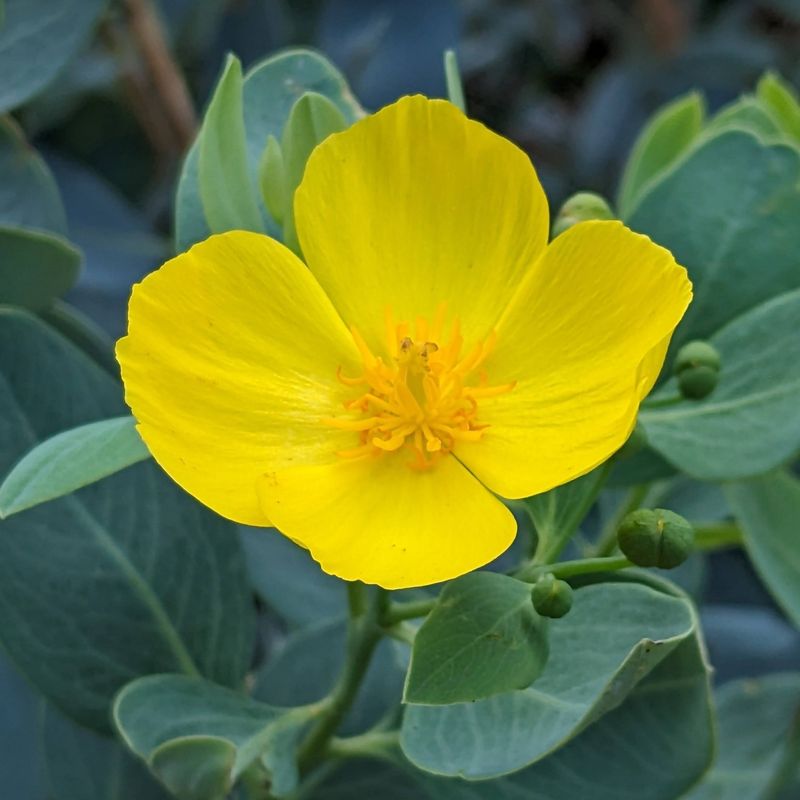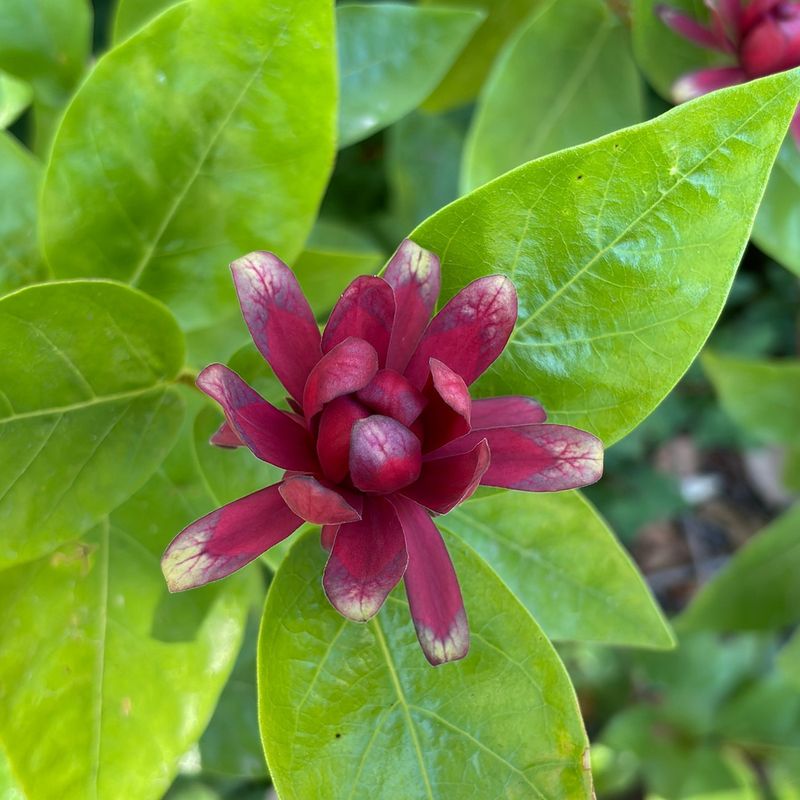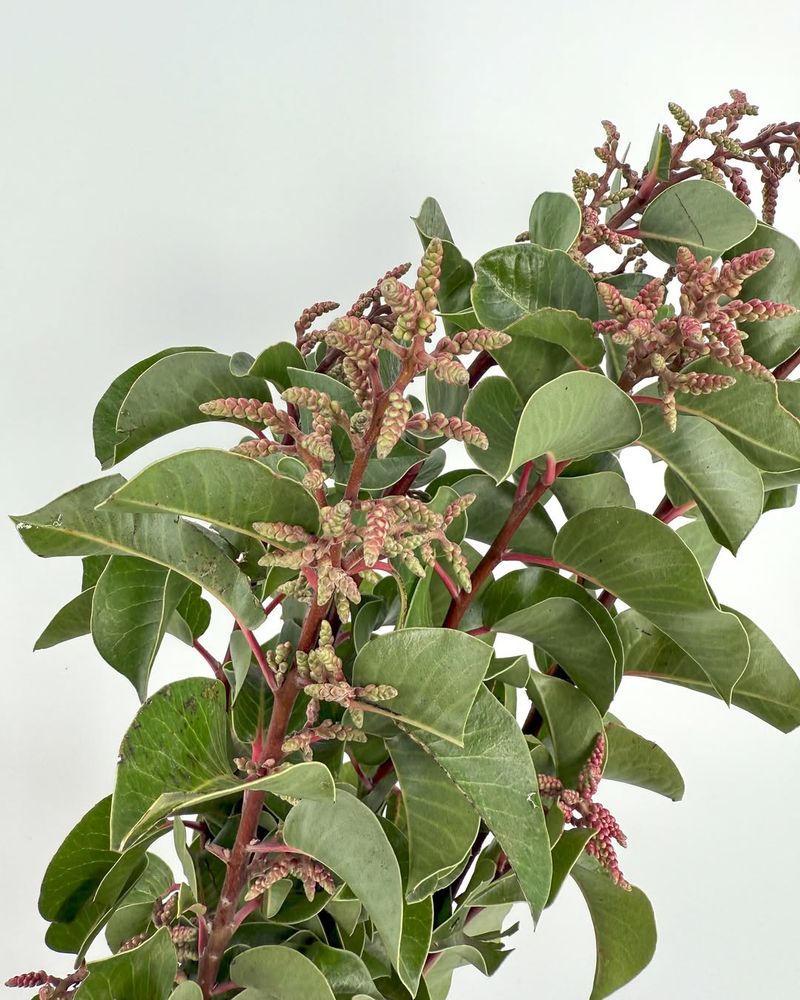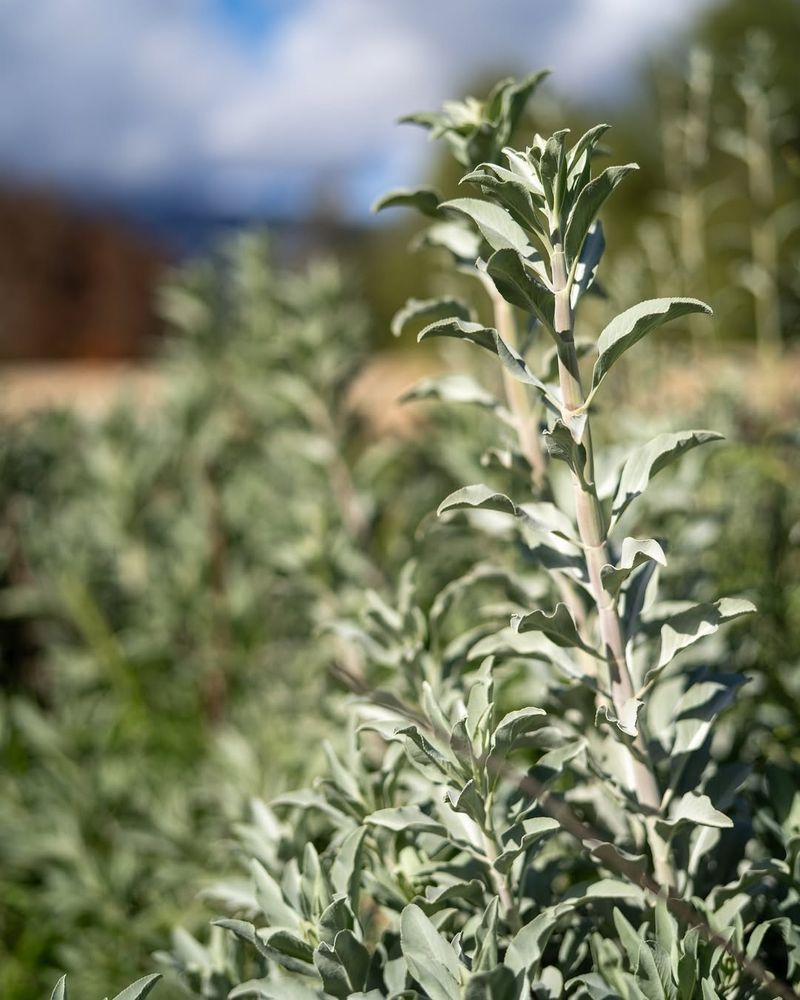California’s landscape has always been a feast for the eyes—golden hills rolling into the horizon, coastal cliffs bursting with life, and deserts that bloom against all odds. Yet, amid the imported roses and tropical showpieces, the state’s native shrubs often go unnoticed.
Hardy, beautiful, and deeply adapted to the land’s rhythm, these plants are the backbone of truly sustainable gardens.
From hummingbird favorites to drought-defying wonders, here are 11 native shrubs every Californian gardener should know—and grow.
1. Toyon (Heteromeles arbutifolia)
Bright red berries light up this evergreen beauty during winter months, earning it the nickname “California holly.” Birds absolutely adore the fruit, making your garden a wildlife hotspot from November through January.
Growing up to 15 feet tall, toyon handles drought like a champion once established. It thrives in full sun or partial shade and doesn’t mind rocky or clay soils. Butterflies visit its white summer flowers before those famous berries appear.
2. Coffeeberry (Frangula californica)
With glossy leaves that catch sunlight beautifully, coffeeberry offers year-round visual interest without demanding much water. Berries change from green to red to black as they ripen, creating a stunning multicolored display throughout summer and fall.
This adaptable shrub grows between 4 to 8 feet and tolerates shade better than most natives. Hummingbirds and songbirds feast on the berries while butterflies appreciate its small flowers. Plant it under oaks or in tough spots where other shrubs struggle.
3. Ceanothus (California Lilac)
Imagine clouds of blue or purple blooms covering your garden each spring—that’s what ceanothus delivers with minimal effort. Over 50 species exist, ranging from groundcovers to 12-foot shrubs, so there’s a perfect size for every space.
Bees go wild for these fragrant flowers, making your garden buzz with pollinator activity. Most varieties need excellent drainage and despise summer watering once mature. Plant in fall, water through the first year, then watch it flourish independently for decades.
4. Manzanita (Arctostaphylos)
Sculptural reddish bark twists dramatically, creating living artwork that looks stunning even without leaves or flowers. Small pink or white bell-shaped blooms dangle delicately in winter, feeding early-season hummingbirds when few other plants flower.
Manzanitas range from low groundcovers to 20-foot specimens, offering incredible variety. They absolutely require fast-draining soil and zero summer irrigation once established. The smooth mahogany-colored bark practically glows in sunlight, providing four-season beauty that photographs beautifully.
5. Lemonadeberry (Rhus integrifolia)
Coastal gardeners treasure this tough evergreen for handling salt spray, wind, and sandy soils without complaint. Dense foliage creates excellent privacy screens or windbreaks, growing 6 to 10 feet tall and equally wide.
Pink flower clusters bloom in late winter, followed by sticky red berries that actually taste tart and lemony—hence the name! Native Americans traditionally made refreshing drinks from the fruit. Modern gardeners appreciate how it thrives in challenging seaside conditions where other shrubs fail miserably.
6. Bush Anemone (Carpenteria californica)
Showy white flowers measuring up to three inches across steal the show each summer, resembling wild roses with cheerful yellow centers. Found naturally only in a small area of the Sierra Nevada foothills, this rare beauty adapts surprisingly well to gardens statewide.
Growing 4 to 6 feet tall, bush anemone prefers partial shade in hot inland areas but handles full coastal sun. Regular water during its first two years establishes deep roots. Afterward, occasional summer watering keeps blooms coming strong.
7. Flannel Bush (Fremontodendron californicum)
Golden yellow flowers practically explode across this shrub from spring through early summer, creating jaw-dropping displays visible from blocks away. Each bloom measures 2 to 3 inches and looks like it’s made of crepe paper.
Fast-growing to 10 or even 20 feet, flannel bush loves hot, dry slopes where nothing else survives. Warning: tiny hairs on leaves and stems irritate skin, so wear gloves when pruning. Absolutely no summer water needed once established—overwatering actually kills it.
8. Island Bush Poppy (Dendromecon harfordii)
Cheerful yellow poppies bloom nearly year-round on this evergreen shrub originally from California’s Channel Islands. Gray-green foliage provides elegant contrast to the butter-yellow petals that seem to glow in morning light.
Reaching 6 to 8 feet tall and wide, island bush poppy demands excellent drainage and full sun. It resents transplanting, so choose its location carefully from the start. Once happy, it self-sows gently and blooms most heavily in spring, with scattered flowers appearing through winter.
9. Spicebush (Calycanthus occidentalis)
Unusual burgundy flowers smell like wine or fruit, creating conversation pieces when visitors catch their strange, sweet fragrance. Growing naturally along streams, this deciduous shrub appreciates more moisture than most California natives.
Broad, aromatic leaves turn golden-yellow in fall before dropping, providing seasonal interest beyond the quirky spring blooms. Plant spicebush in partial shade with regular water for best results. It grows 6 to 12 feet tall, forming a rounded shape that works beautifully in woodland gardens or near water features.
10. Sugarbush (Rhus ovata)
Leathery, folded leaves give this evergreen shrub a distinctive texture that stands out in any landscape. Dense clusters of pink-tinged white flowers attract bees in spring, followed by sticky reddish fruits that birds devour eagerly.
Extremely drought-tolerant once established, sugarbush grows 6 to 15 feet tall and handles full sun, poor soil, and neglect with grace. It works wonderfully as a large hedge or background plant. Native Americans historically used the sweet fruit coating to flavor drinks—nature’s original sweetener!
11. White Sage (Salvia apiana)
Silvery-white leaves create stunning visual contrast against green gardens while releasing an intense, aromatic fragrance when brushed or crushed. Tall flower spikes rise 3 to 6 feet above the foliage, covered with small white blooms that bees and hummingbirds visit constantly.
Growing 3 to 4 feet wide, white sage thrives in full sun with zero summer water once mature. It’s sacred to many Native American tribes for ceremonial use. Plant it where you can enjoy its powerful scent and watch pollinators work its flowers.

